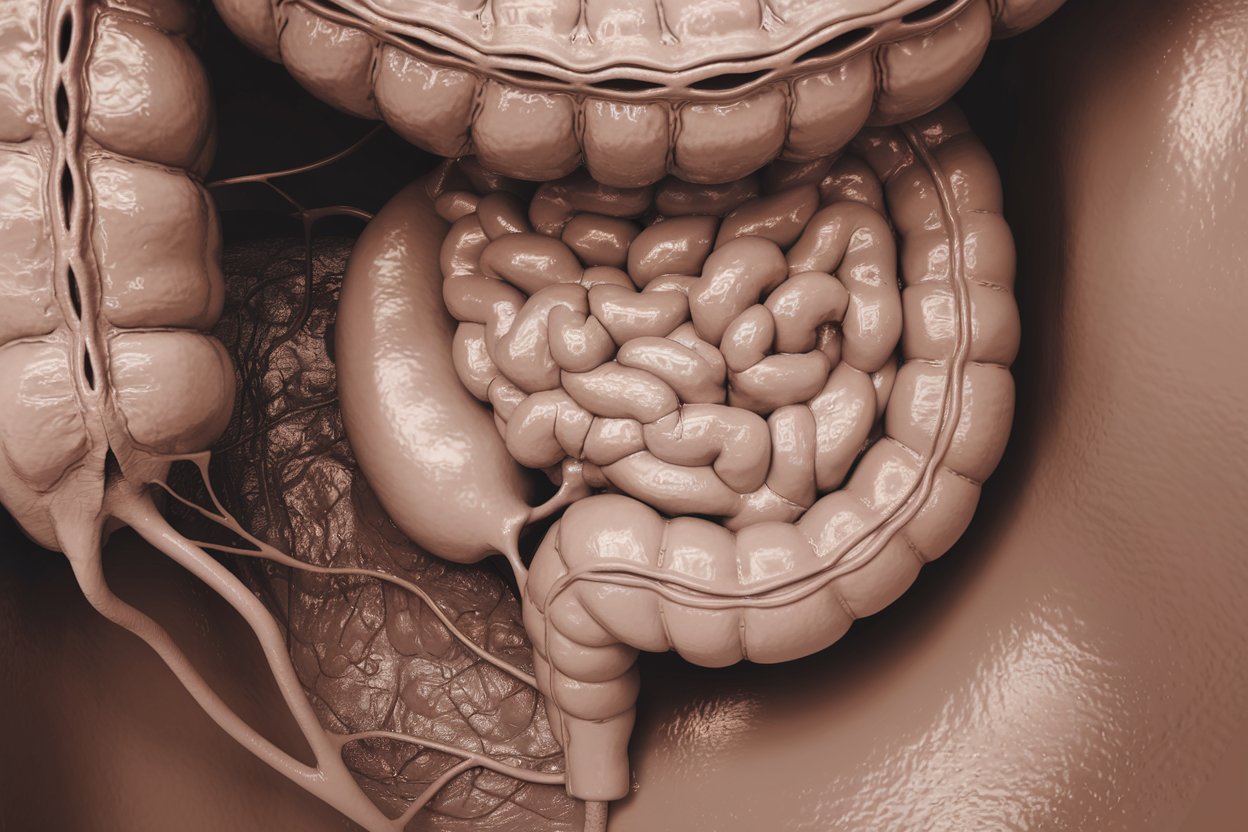
What is the cecum? The cecum is a pouch-like structure in the lower abdomen, part of the digestive system. It connects the small intestine to the large intestine, acting as a storage site for chyme, the partially digested food from the small intestine. This organ plays a crucial role in absorbing fluids and salts that remain after digestion and mixing its contents with mucus. Why is the cecum important? Understanding the cecum's function helps us appreciate how our bodies process food and maintain gut health. From its role in digestion to its involvement in certain medical conditions, the cecum is more significant than many realize.
What is the Cecum?
The cecum is a pouch-like structure in the digestive system. It's located at the beginning of the large intestine, right where the small intestine ends. This part of the body plays a crucial role in digestion and has some fascinating facts.
- The cecum is found in most mammals, including humans, dogs, and rabbits.
- It acts as a storage area for food before it moves into the large intestine.
- In humans, the cecum is about 6 cm long.
- The appendix is attached to the cecum.
- The word "cecum" comes from the Latin word "caecus," meaning "blind."
Functions of the Cecum
The cecum has several important functions in the digestive system. It helps break down food and absorb nutrients. Here are some key facts about its functions.
- The cecum helps in the absorption of salts and fluids.
- It contains bacteria that aid in the digestion of plant materials.
- In herbivores, the cecum is larger to help digest cellulose.
- The cecum produces mucus to help move waste through the large intestine.
- It plays a role in the immune system by housing beneficial bacteria.
Cecum in Different Animals
Different animals have different sizes and shapes of cecum. This is because their diets and digestive needs vary. Let's look at some interesting facts about the cecum in various animals.
- In rabbits, the cecum is very large and helps digest fibrous plant material.
- Birds have two ceca, which help them digest seeds and grains.
- The cecum in koalas is long and helps them digest eucalyptus leaves.
- Horses have a large cecum that ferments plant material.
- Carnivores like cats have a small cecum because they eat mostly meat.
Health Issues Related to the Cecum
The cecum can be affected by various health issues. Understanding these can help in maintaining digestive health. Here are some facts about cecum-related health problems.
- Appendicitis is an inflammation of the appendix, which is attached to the cecum.
- Cecal volvulus is a condition where the cecum twists, causing a blockage.
- Inflammatory bowel disease can affect the cecum.
- Cecal cancer is a type of cancer that starts in the cecum.
- Diverticulitis can occur in the cecum, causing pain and inflammation.
Interesting Facts About the Cecum
The cecum has some unique and lesser-known facts that make it an interesting part of the digestive system. Here are a few more intriguing details.
- The cecum is considered a "blind pouch" because it has only one opening.
- In some cultures, the cecum of animals is eaten as a delicacy.
- The cecum can vary in size and shape among individuals.
- Some people are born without a cecum, a condition known as cecal agenesis.
- The cecum can be seen during a colonoscopy.
Evolution of the Cecum
The cecum has evolved differently in various species over millions of years. This evolution reflects the dietary habits and needs of different animals. Here are some evolutionary facts about the cecum.
- Early mammals had a simple cecum that has evolved over time.
- Herbivorous mammals developed larger ceca to help digest plant material.
- The cecum in humans has become smaller as our diet has changed.
- Some fish have a structure similar to the cecum called the pyloric ceca.
- The cecum in primates varies greatly, reflecting their diverse diets.
Fun Facts About the Cecum
Let's end with some fun and quirky facts about the cecum that you might not know.
- The cecum can sometimes be felt through the abdominal wall in thin individuals.
- In some animals, the cecum can regenerate if part of it is removed.
The Final Scoop on the Cecum
The cecum might seem like a small part of the digestive system, but it plays a big role. From housing beneficial bacteria to aiding in the digestion of plant-based foods, this pouch-like structure is more than just a connector between the small and large intestines. Knowing about the cecum can help you understand digestive health better and appreciate the complexity of your own body. Whether you're a student, a curious mind, or someone looking to improve their gut health, these facts about the cecum offer valuable insights. Keep these tidbits in mind next time you think about how your body processes food. The cecum, though often overlooked, is a fascinating and essential part of our anatomy. So, next time you enjoy a meal, remember the cecum's role in keeping your digestive system running smoothly.
Was this page helpful?
Our commitment to delivering trustworthy and engaging content is at the heart of what we do. Each fact on our site is contributed by real users like you, bringing a wealth of diverse insights and information. To ensure the highest standards of accuracy and reliability, our dedicated editors meticulously review each submission. This process guarantees that the facts we share are not only fascinating but also credible. Trust in our commitment to quality and authenticity as you explore and learn with us.
